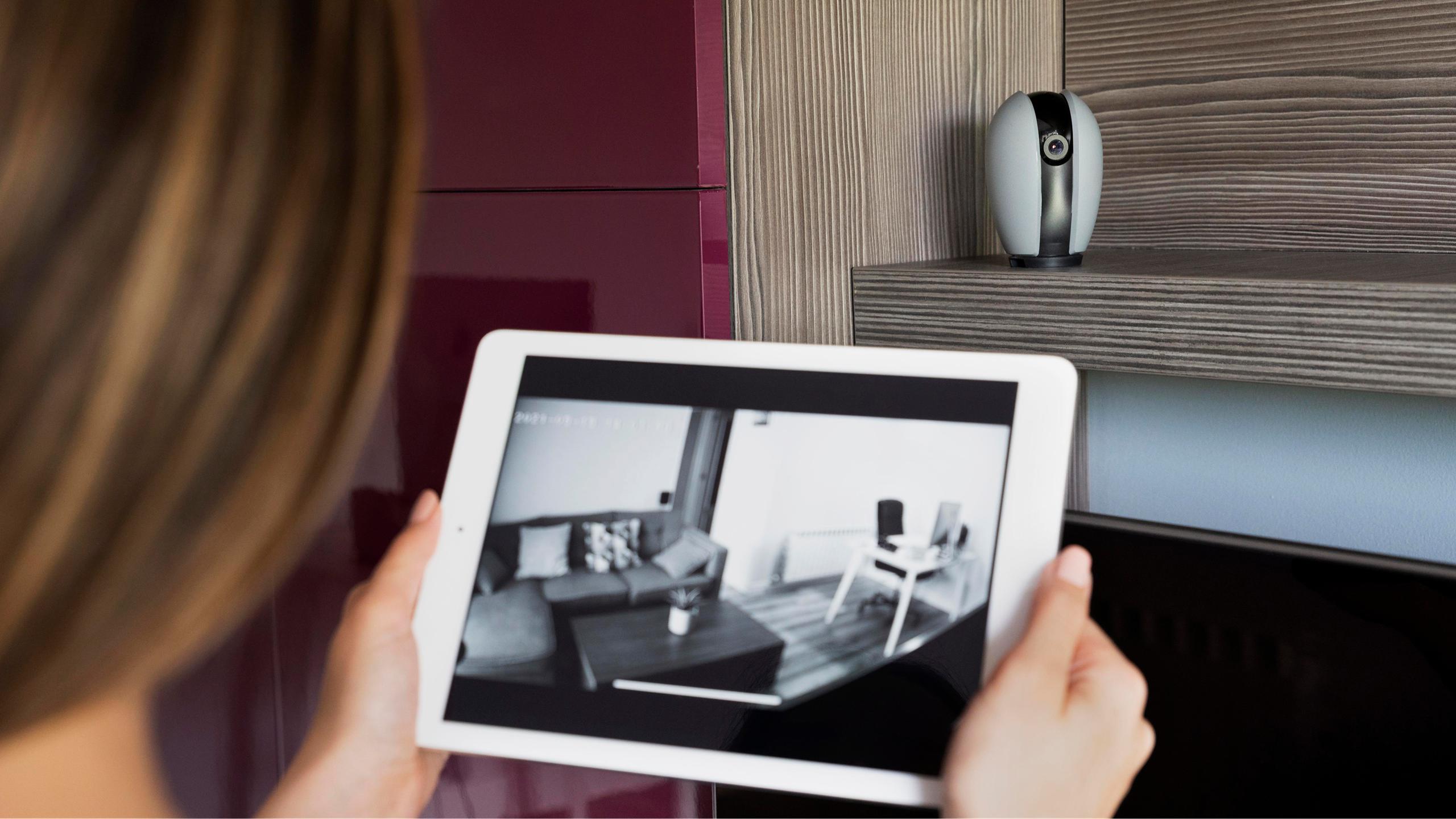 May 29, 2025
Smart Home
0 Comment
May 29, 2025
Smart Home
0 Comment
In a quiet suburb outside Austin, a homeowner hears their doorbell ring—not with the chime of the past, but with a notification on their phone. They check the live feed and speak to the visitor without ever leaving the couch. Moments later, another homeowner across the city gets an alert from their outdoor camera: motion detected in the driveway. One device monitors entry, the other watches the world beyond.
This is the subtle divide between video doorbells and smart cameras. While both sit at the heart of modern home security, they’re built for different intents. Choosing the right one isn’t just about tech specs—it’s about how you live.
1. Purpose and Placement
Video doorbells are meant to monitor your doorstep. They’re typically installed where a traditional doorbell would go, offering both video surveillance and two-way communication with visitors. Their field of view is optimized for people standing directly in front of your home.
Smart cameras, in contrast, offer more flexible placement—indoors or outdoors, on walls, in corners, aimed at driveways, garages, or backyards. Their purpose extends beyond answering the door; they watch over spaces, detect unusual behavior, and provide broader context.
Bottom line:
If your goal is to manage entry points and talk to visitors, go with a video doorbell. If you want coverage of non-door areas like your yard or garage, a smart camera is more suitable.
2. Features Compared
| Feature | Video Doorbell | Smart Camera |
|---|---|---|
| Two-Way Audio | ✔️ | ✔️ |
| Motion Detection | ✔️ | ✔️ (Often more advanced) |
| Field of View | Narrower (focused) | Wider (adjustable) |
| Installation | Typically wired or battery at door | More options (battery, wired, solar) |
| Integration | Often part of smart entry systems | Broader system integration (security, lighting) |
Notably, some high-end smart cameras now include AI object recognition—differentiating between humans, pets, and vehicles. Video doorbells are catching up, but often rely on cloud-based features that require a subscription.

3. Privacy and Power Considerations
Power:
Most doorbells are wired into your existing chime system or run on rechargeable batteries. Smart cameras offer more flexibility, including solar panel options for outdoor models.
Privacy:
Because smart cameras can be placed almost anywhere, it’s essential to be mindful of local laws about recording in public or shared spaces. Video doorbells, being at the front door, face fewer privacy concerns but may still raise questions in apartment settings or shared entryways.
4. Cost and Ecosystem
A solid video doorbell from Ring or Nest can range from $99 to $249. Smart cameras vary more widely, from $39 for basic indoor units to over $400 for outdoor models with floodlights and AI features.
Think about ecosystem lock-in: if you’re already using Google Assistant, a Nest camera or doorbell may be seamless. Alexa users may find Ring more natural. Compatibility matters when you start automating responses or linking with other devices.
5. Use Cases: Who Needs What?
- Apartment dwellers: A battery-powered video doorbell that doesn’t require hardwiring may be all you need.
- Homeowners with yards: Outdoor smart cameras can monitor driveways, fences, and back entrances.
- Frequent travelers: Combine both. Use a doorbell to answer deliveries and a smart camera to monitor activity around your home.
6. Final Thoughts
Choosing between a smart camera and a video doorbell isn’t about which is better—it’s about what fits your life. The front door is a conversation. The rest of your property is a watchtower.
Some homes need both.
But if you’re starting with just one device, ask yourself this: Do I want to know who’s at the door—or what’s happening beyond it?
The answer might just shape how safe, connected, and in control you feel in your own home.
